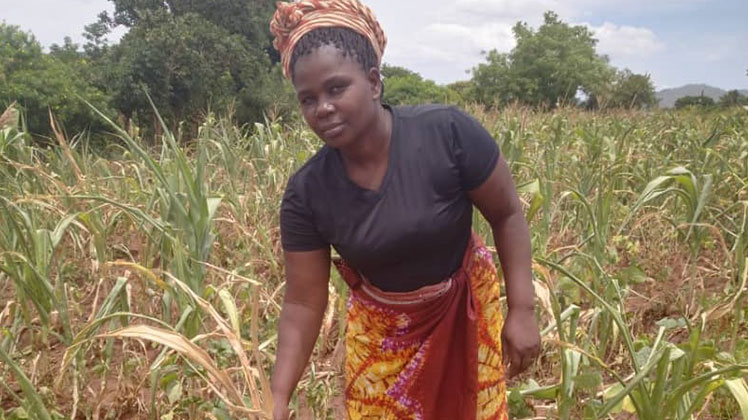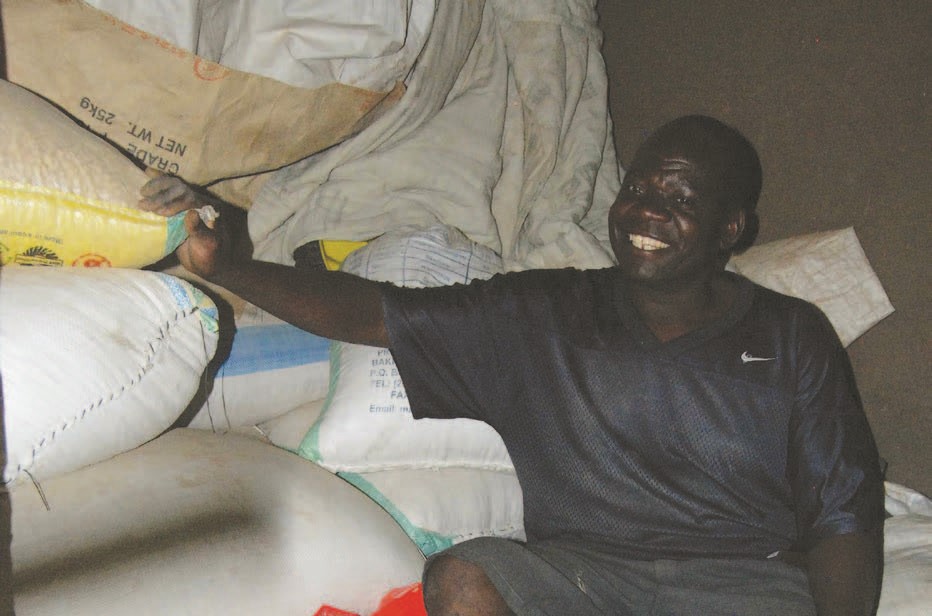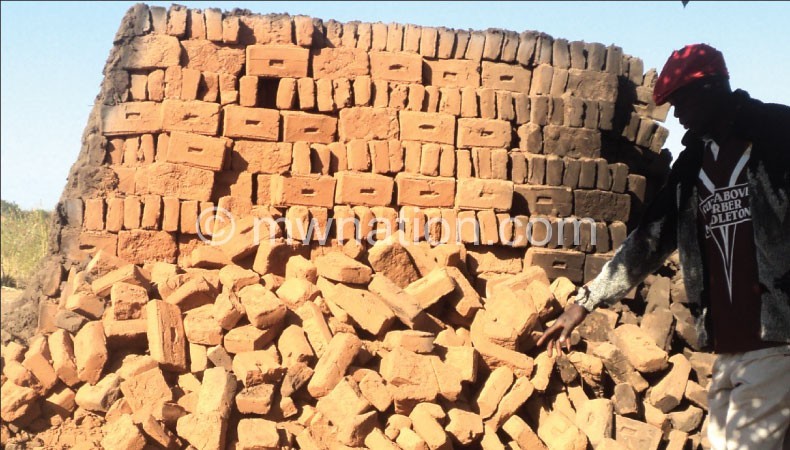Farmers embrace new technologies for healthy banana planting material
Kagimbi Tharcisse lifts up the transparent polythene sheet and delicately pulls back some soil to proudly show the tiny banana plantlets growing underneath. Small and delicate, they will be gently taken care of for two months. Each will then be replanted in polythene bags, to grow bigger and stronger and in three months, it will be ready for the farmers’ fields.
The banana plantlets were obtained through a rather more complicated process compared to the traditional way of growing banana using suckersâ€â€these are the daughters growing at the base of the mother plant that farmers uproot from their own farms or buy from a neighbour. It is a slow method of obtaining planting material and it easily spreads pests and diseases from one farm to another if the suckers are not properly selected and treated.
However this new technology, known as macro-propagation, aims at overcoming these two challengesâ€â€it allows the rapid production of pest-free planting material. In this new procedure, Tharcisse explains, one starts by selecting a vigorous healthy-looking suckerâ€â€the type that only has very thin pointed leaves and using a large knife peels off the dirt and roots.
Next, it is immersed in hot boiling water for 30 seconds to kill any pests. The outer leave sheaths are then carefully peeled off to expose the meristem, the growing part at the centre of the plant.
The meristem is cut into pieces which are placed in special sterilised chambers lined with transparent polythene sheets for extra warmth, humidity and light for 15 days during which they will sprout many little plantlets. They are ready for field planting after two to three months. And through using this method, a sucker can produce up to twenty plantlets instead of just one.
Tharcisse is a member of a farmers association in Muyinga, eastern Burundi known as the ‘Tukarukire Gitok’ meaning let us rehabilitate banana in the local language. The group received training on macro-propagation from the Consortium for Improving Agriculture-based Livelihoods in Central Africa (CIALCA) project as part of efforts to ensure farmers have adequate healthy planting material of their desired varieties, be they local or improved varieties to curb the spread of banana pests and diseases.
The group then used its own funds to start the macro-propagation to meet their demand for clean planting material.
The CIALCA project brings together various partners and donors to improve farm level productivity through, among others, promoting Integrated Pest and Disease Management. It is led by Bioversity International, International Institute of Tropical Agriculture (IITA) and Tropical Soil Biology and Fertility Institute of the International Center for Tropical Agriculture (TSBF-CIAT).
According to Piet van Asten, an IITA agronomist working on the project, Burundi is one of the countries that is food insecure as a result of a high population density, increasingly smaller farm sizes, and low yields. All efforts must, therefore, be made to increase production and protect farmers’ harvest from pests and diseases.
And farmers like Tharcisse and Bakame are ready to embrace new and better ways of farming to increase their production and improve their livelihoods.â€â€Iita





